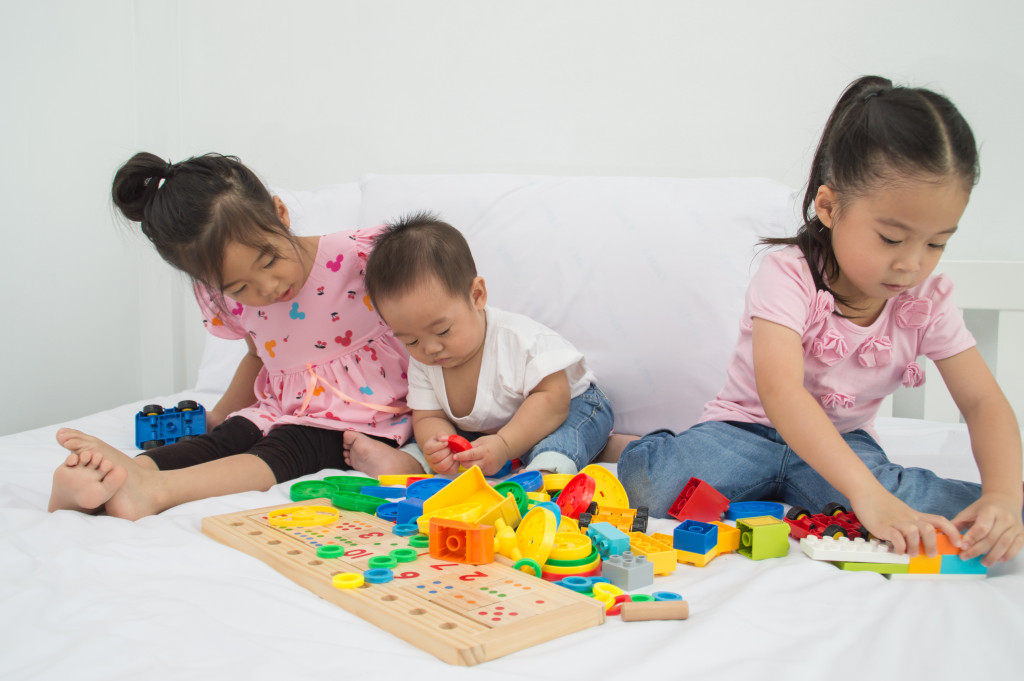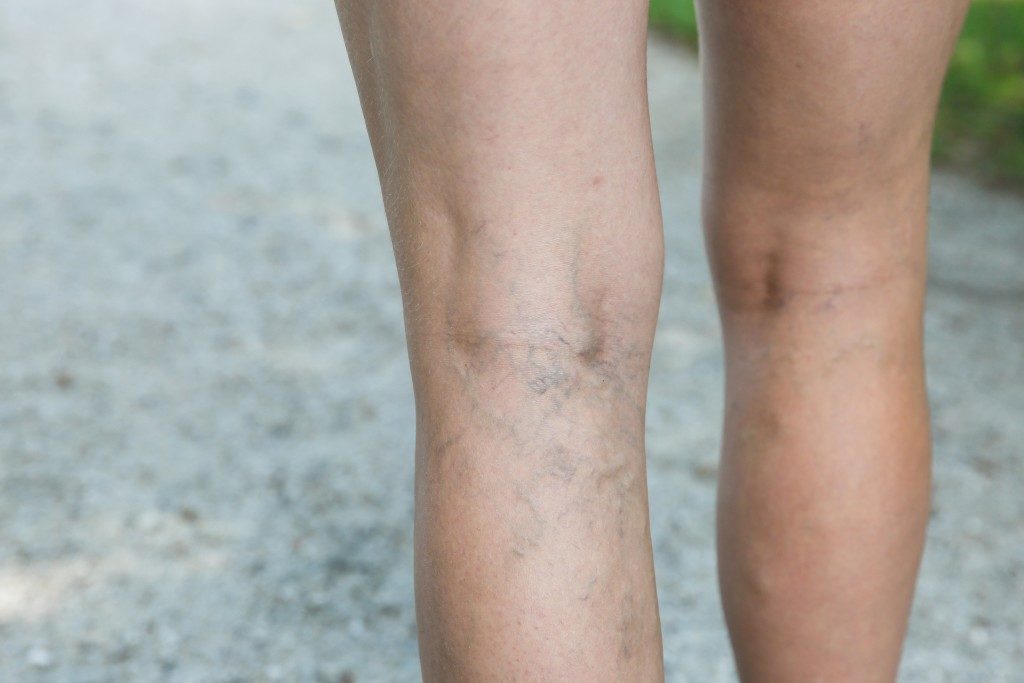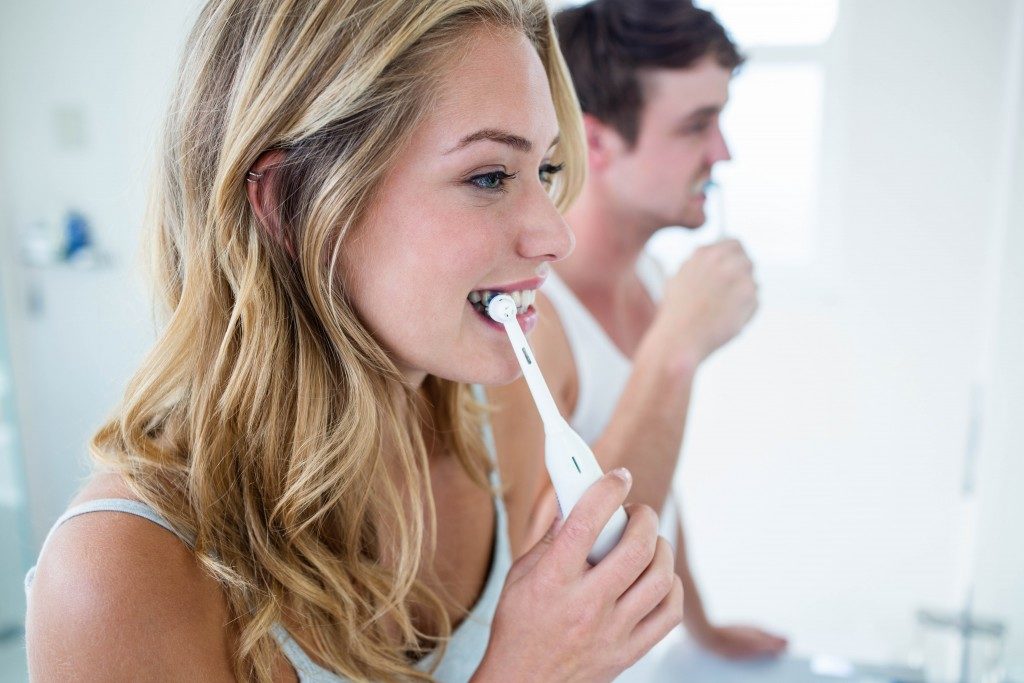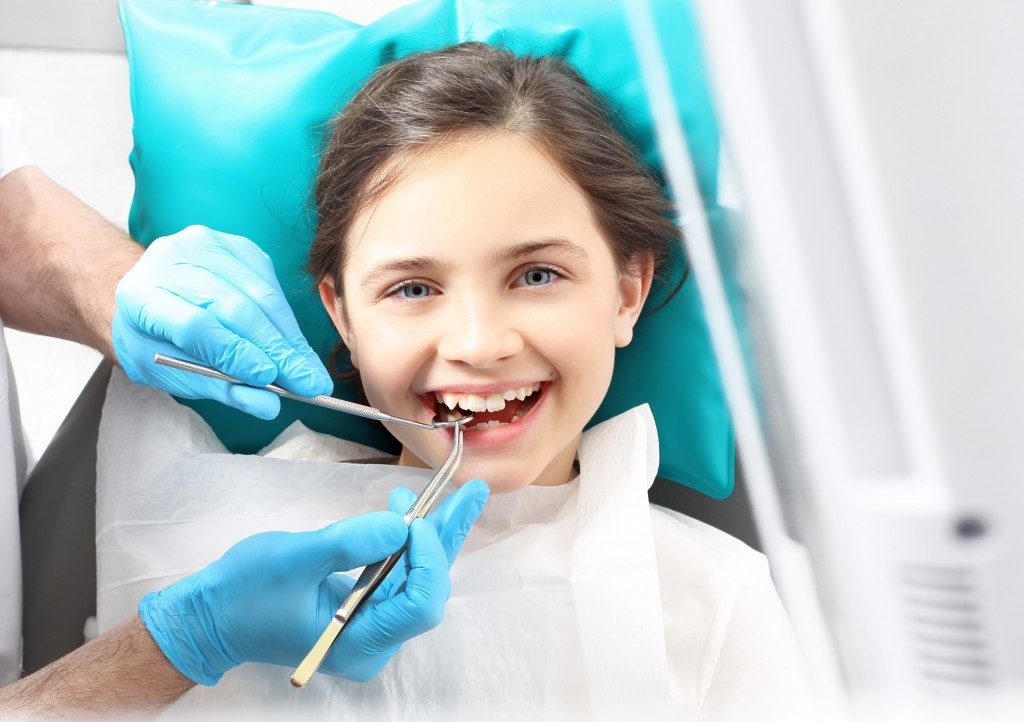- Secure your home by installing safety devices, keeping hazardous items out of reach, and creating a comfortable environment.
- Teach your child safety rules and ensure they understand the dangers associated with certain activities.
- Regular doctor’s checkups to detect any underlying health issues and keep up with vaccinations.
- Encourage healthy habits with nutritious meals, regular exercise, and good hygiene.
- Prioritize safety while traveling by wearing seatbelts and researching unfamiliar destinations.
Over 40 percent of school-aged children and adolescents in the United States have chronic health conditions like asthma, physical ailments, obesity, and learning difficulties. Managing the healthcare needs of these children is usually complex. It requires consistent attention, including daily management and emergency preparedness.
As a parent, you always want your child to be protected and secure. Child health and safety are essential in the upbringing of your child. Although the world can be unpredictable, there are still things that you can do to ensure that your child has a safe environment to grow up in. This blog will discuss essential measures that you can take to prioritize your child’s health and safety.
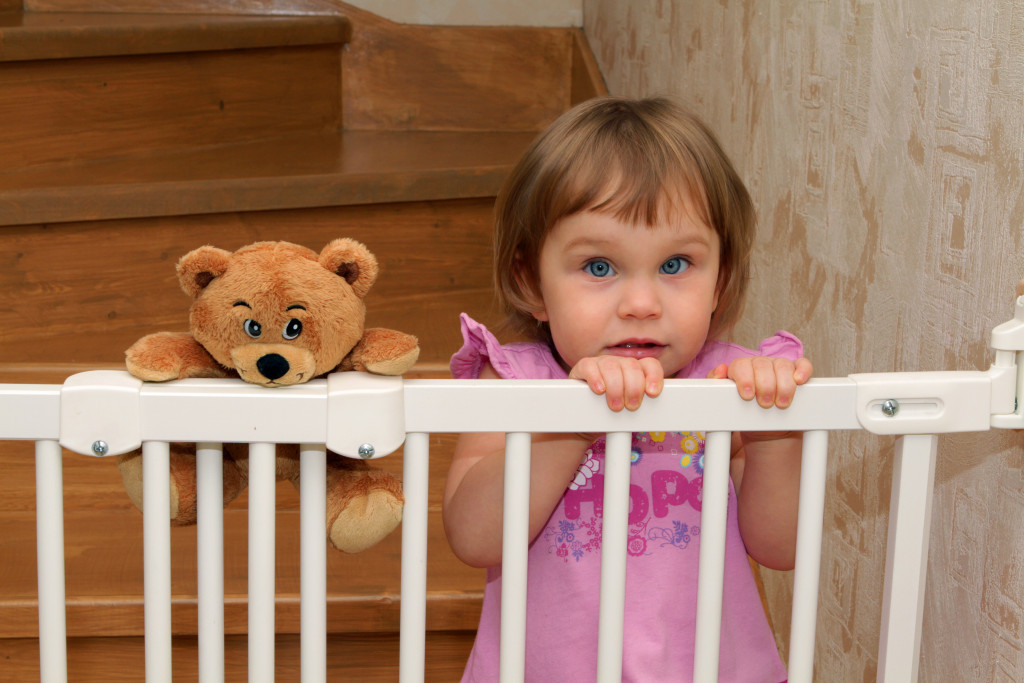
Child-Proofing Your Home
Child-proofing your home is one of the essential measures to keep your child safe. When your child starts to crawl or walk, they are more susceptible to accidents. Making your home a secure environment is vital by installing safety devices such as cabinet latches, socket covers, and gates. You can also move any hazardous items out of your child’s reach to avoid accidents.
Child Safety Rules
Additionally, you should teach your child safety rules and ensure they understand the dangers of certain activities. By taking a few simple steps in child-proofing your home, you can help to keep your little one safe and sound.
Comfort and Ambiance
Create a comfortable and inviting environment for your child. Place soft mats in their play area to provide cushion during falls, set up a safe sleep environment with no pillows or blankets, and consider adding some playful decorations such as wall decals or toys.
You should work with a reputable heating and cooling expert to ensure the home atmosphere promotes health and safety. The expert should make sure the equipment is functioning properly. If necessary, the company should replace non-functioning units with new ones.
Regular Doctor’s Checkups
Regular doctor’s checkups are vital for your child’s health. Doctors can detect any underlying health issues and provide preventative measures.
Vaccinations
Vaccinations are also an essential part of maintaining your child’s health. They protect your child from diseases that can risk their health. During a checkup, the doctor will also look for any potential signs of developmental delays or other health-related issues.
Discuss Concerns
Regular doctor’s checkups are also an opportunity to discuss your concerns about your child’s health or development with the doctor. You can ask questions and voice any worries you have about their progress.
Encouraging Healthy Habits
Encouraging healthy habits is crucial for your child’s overall health. Regular exercise and healthy eating are significant factors in maintaining your child’s physical and mental health. You can also encourage good hygiene habits such as washing their hands, brushing their teeth, and bathing regularly. Additionally, you can set limits and provide guidance regarding screen time and digital media use.
Lead by Example
You can lead by example by modeling healthy habits yourself. Eating nutritious meals with your family, going for regular walks or bike rides together, or participating in a sport with your child will show them that these activities are essential to you. Involving your children in meal planning and grocery shopping can also help them understand the importance of healthy eating.
Conversations About Health
Finally, regularly have conversations with your child about their health. Talk to them about physical activity, nutrition, sleep habits, mental and emotional well-being, and any other issues they may face. Listen to their concerns and talk openly but nonjudgmentally about staying healthy. Open dialogue can help your child stay on the right track regarding their health.

Child Safety While Traveling
When traveling with your child, you must prioritize their safety. Ensure that your child wears a seatbelt or is in a car seat appropriate for their age and weight. Avoid distractions such as texting or talking on the phone while driving.
Meet Their Needs
Also, make sure that your child’s needs are met, such as providing snacks and regular stops for bathroom breaks. Be sure to research any unfamiliar destinations and plan your route. Take the necessary precautions to keep your child safe while you travel.
Prioritizing your child’s health and safety should always be your top priority. Child-proofing your home, regular doctor’s checkups, encouraging healthy habits, and child safety while traveling are essential measures to provide a secure environment for your child. Taking these measures will ensure your child’s safety and create a healthy lifestyle for them. As a parent, you can instill good habits shaping your child’s future. Remember, prevention is better than cure, and prioritizing your child’s health and safety starts with you.

